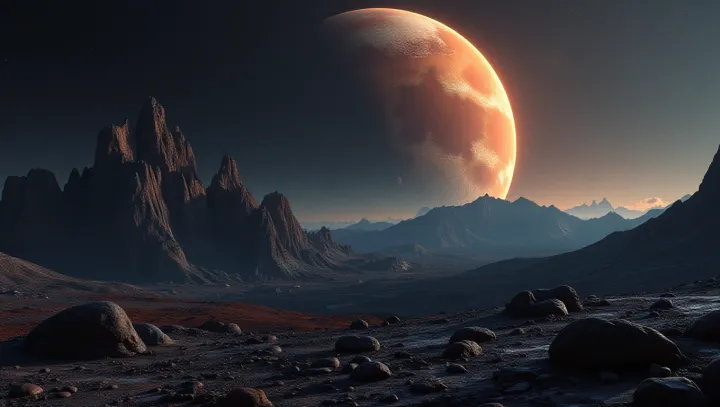Unveiling Venus: A Geological Marvel

In a remarkable advancement in planetary science, researchers from the Chester Observatory have unveiled groundbreaking geological insights about Venus, commonly referred to as Earth's twin. The study offers intriguing revelations into the complexities of Venus' surface, previously known for its opaque cloud cover and hostile environment. Venus, long cloaked in mystery, has fascinated scientists due to its extreme volcanic activity and high atmospheric pressure.
The latest research employs advanced radar mapping techniques, enabling geologists to penetrate Venus' dense atmosphere and study its intricate surface features. The surface of Venus is largely composed of volcanic plains, with more than 90% of the terrain shaped by eruption events and lava flows. According to Dr.
Emily Carter, a leading geologist at the Chester Observatory, 'Understanding Venus' geological framework is pivotal not only for comparative planetology but also for shedding light on the evolutionary history of terrestrial planets.' The newfound data suggest that Venus possesses a geologically young surface, hinting at recent tectonic and volcanic activities. The significance of these discoveries reaches beyond planetary science. By analyzing Venus, researchers can draw parallels and contrasts with Earth's geological processes, offering insights into the broader mechanisms driving planetary development in our solar system and others.
This achievement underscores the importance of continuous space exploration and technological innovation. As humanity's gaze shifts increasingly towards the stars, Venus serves as a powerful reminder of the untapped knowledge awaiting discovery within our universe.
